Reduce carbon emissions, is it enough to plant trees?
Author:Inspur Studio Time:2022.07.15
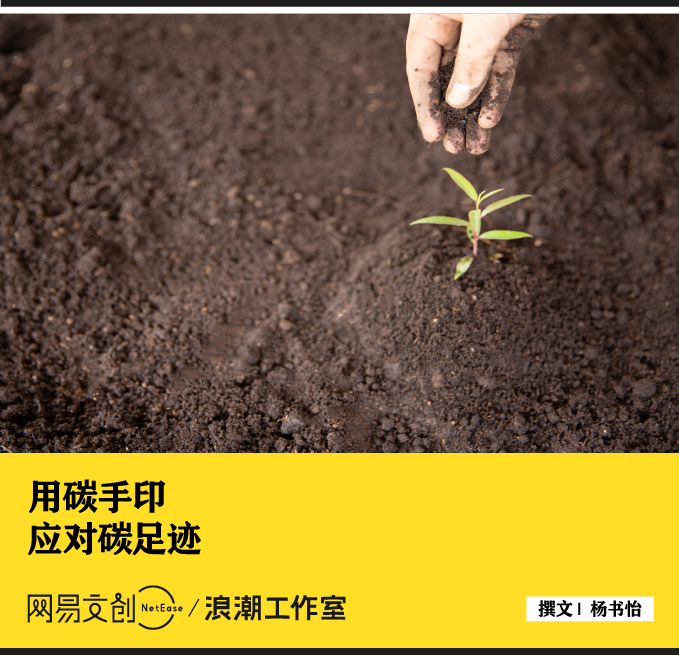
Plants absorb carbon dioxide in photosynthesis, which is common sense written in textbooks.
Studies have found that forests play an important role in fixation and can absorb 45%of the average annual carbon emissions in my country in the same period.
However, with the acceleration of the industrialization process, a series of negative impacts such as the greenhouse effect brought by carbon emissions are also declared war on human society.
Nowadays, it is far from enough to absorb carbon dioxide discharged by human activities by planting trees.
Just planting trees,
Can't stop soaring carbon emissions
At the end of 2020, my country's forest coverage has risen from 8.60%at the beginning of the founding of New China to 23.04%.
It can be said that forests, as an important ecosystem, have contributed a high cost -effective carbon reduction method. Planting tree afforestation is an important part of my country's goal to achieve carbon emissions and carbon absorption balance, and ultimately achieve the goal of "carbon neutrality".
But the carbon emissions that are constantly rising at the moment may not be absorbed and digested by trees.
In 2020, the sudden new crown epidemic caused carbon emissions to slow down. However, with the advent of the post -epidemic era, the rhythm of social production and life recovered, and carbon emissions resumed carbon emissions on the "treadmill".
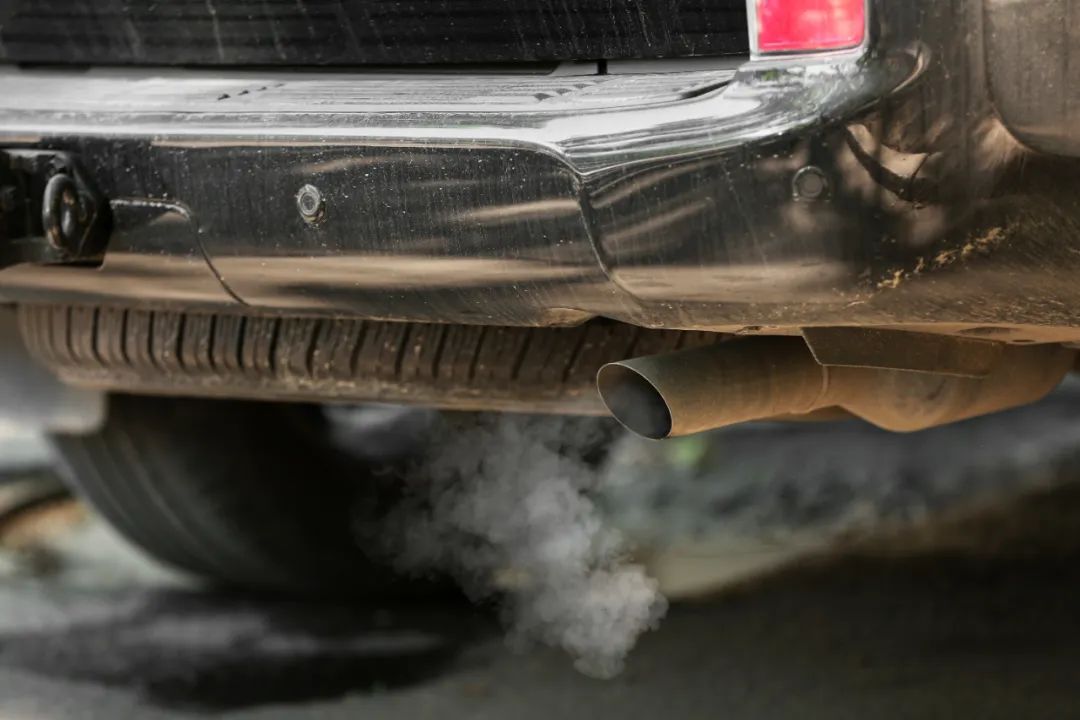
In the post -epidemic era, people's travel no longer has many restrictions, and carbon emissions also increased.
The energy sector that guarantees social operation has always been a "big household" in carbon emissions. The "Global Energy Review: 2021 Carbon Driven Emissions" released by the International Energy Agency (IEA) states that in 2021, carbon dioxide emissions in the global energy field reached 36.3 billion tons, year -on -year -on -year, year -on -year, year -on -year, year -on -year, year -on -year, year -on -year, year -on -year The rise of 6%, not only exceeding the level before the new crown, but also the highest historical record.
On the other hand, while the tree absorbs carbon dioxide, it will also "reverse output" and release a large amount of carbon dioxide. According to the Chinese Academy of Sciences, as the proportion of cooked forests in my country's forest resources has continued to increase, a large number of dead wood, sick wood, and rot trees will evolve into a source of release of carbon, causing damage to the hard -solid carbon results.
From time to time and cost, Yushu Ronglin itself is a relatively long project. The speed of planting trees may not be able to keep up with the speed of carbon emissions to the tree consumption.

Many industries itself has a great demand for wood, and it also greatly reduces the effect of absorbing carbon dioxide by forestry.
For example, carbon emissions factor can intuitively reflect the impact of carbon dioxide on the environment in a quantitative manner. In China, every 1 ton of standard coal is consumed, and the amount of carbon dioxide emitted is 2.6 tons.
A fir can absorb 111kg carbon dioxide in 30 years, and absorbs about 4kg per year. This is trivial for our daily production and life.
Each flight of the aircraft is 2 kilometers or the car consumes 100L gasoline, its carbon emissions are more than 270 kg, and nearly 3 fir trees are required for 30 years.
Therefore, although tree planting forests, of course, "benefit in the contemporary and the merits in Qianqiu". Through this means alone, it is impossible to compete with carbon emissions generated by artificial activities. After all, the extreme weather and natural disasters in the news have been reminded that reducing carbon emissions must be accelerated.
In 2021, the 26th Conference of the Contracting Congress (COP26) of the United Nations Climate Change Signed the Glasgow Climate Convention again, which once again reiterated the "Paris Agreement" in 2015 "efforts to control the global warming at 1.5 ° C (now the temperature is nearly 1.2 ° C)" "" " Target. 1.5 ° C is a critical point. If it exceeds this temperature, the risk of extreme natural disasters such as fatal heat waves and heavy rain floods will greatly increase.
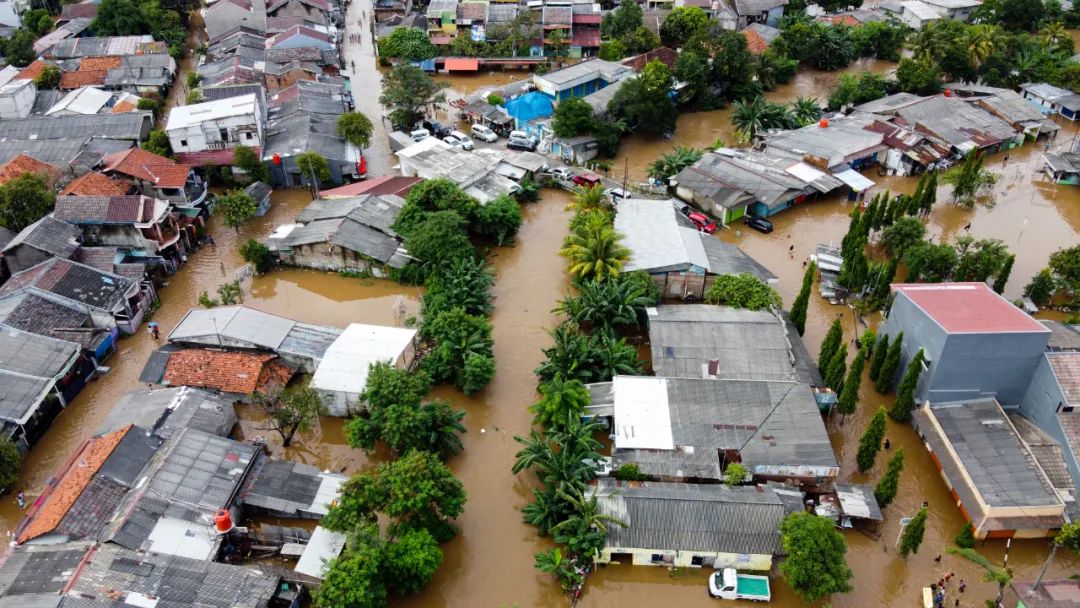
Climate warming will increase the risk of extreme natural disasters / picture insect creativity
It is not easy to grasp the "warning line" of 1.5 ° C. From the perspective of energy structure, the global economy is still highly dependent on fossil fuel, because as long as human production and life continues, greenhouse gas emissions will definitely produce, leaving "carbon footprints".
The so -called "carbon footprint" refers to the total amount of greenhouse gas emissions directly and indirectly generated during the entire life cycle process. For example, a piece of clothing from production, transportation, and sales to consumers eventually wear carbon emissions every stage.
In general, the more energy and resources are consumed, the more greenhouse gas emissions, and the greater the "carbon footprint".
In recent years, new energy such as wind power and photovoltaic power generation has contributed to reducing "carbon footprints". Data show that nearly 60 % of the total power consumption in the first four months of this year has increased the increase in new energy power generation.
Running with the "Carbon Football" has become a long -term social mission in all walks of life.
They are reducing carbon at all
The four major carbon emissions departments listed by IPCC (Special Committee of the United Nations Intergovernmental Climate Change) are industry, construction, transportation, and electricity. According to data from the International Energy Agency (IEA), in 2020, the top three fields in the global carbon emissions are energy power generation and heating, transportation, manufacturing and construction, respectively, accounting for 43%, 26%, and 17%, respectively.
However, these areas have also been committed to adjusting the energy structure to reduce carbon emissions and severe pollution.
For example, in the field of energy power generation, coal has been in an advantageous position for a long time, but in 2021, the contribution of renewable energy and nuclear energy in global power generation has surpassed coal, and the power generation of renewable energy has reached the highest level of history.
The construction industry is also changing the traditional construction method, promoting green building materials, prefabricated buildings, construction robots, etc., and carbon reduction from the full process of construction. With the advancement of technology, some traditional construction methods are being replaced by more environmentally friendly building materials and architectural methods.
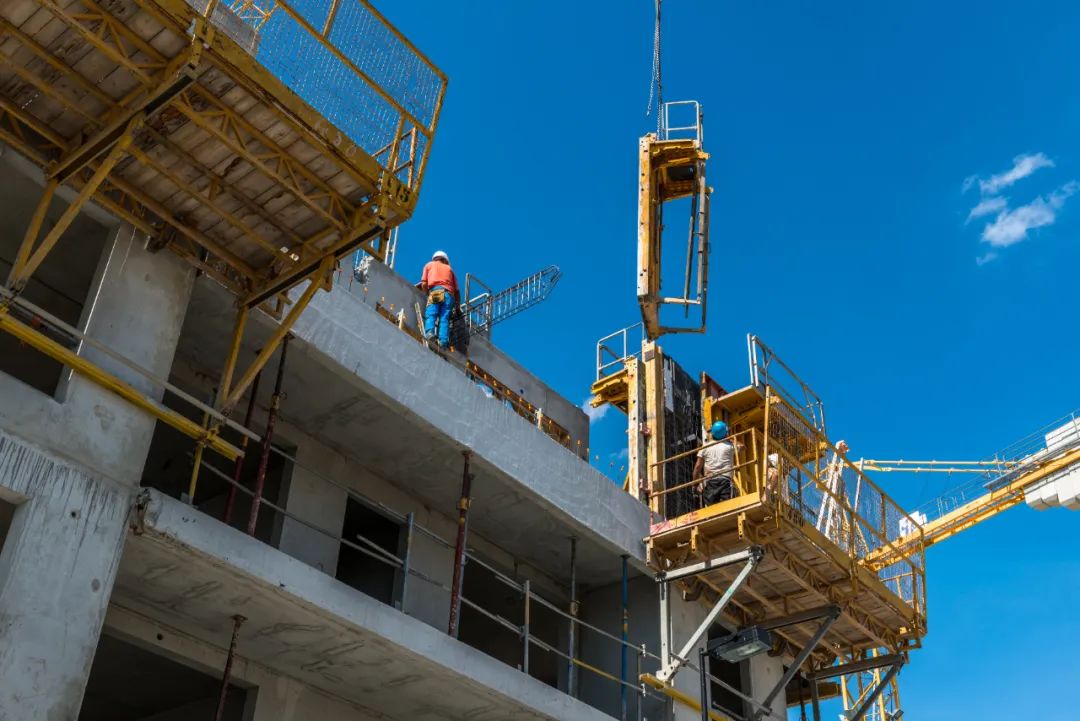
In addition to these high -carbon emissions industries, in fact, the efforts of carbon reduction have never stopped in the field of information and communication that are closely related to everyone.
When we call a phone call, transmit a photo, and open a movie, behind the simple operation is many communication base stations and data centers that support the smooth flow of signals and the rapid flow of data. carbon emission.
With the popularization of 5G, cloud computing and other technologies, the speed of the technical iteration of the information industry is obvious to all, and the pace of carbon reduction is getting bigger and bigger. According to data from the Ministry of Industry and Information Technology, during the "Thirteenth Five -Year Plan" from 2016 to 2020, the average annual decrease of the energy consumption of the unit telecommunications business and the energy consumption of the unit information remained above 20%. About 1%.
As the number of base stations increases, 5G technology is gradually entering all aspects of daily life
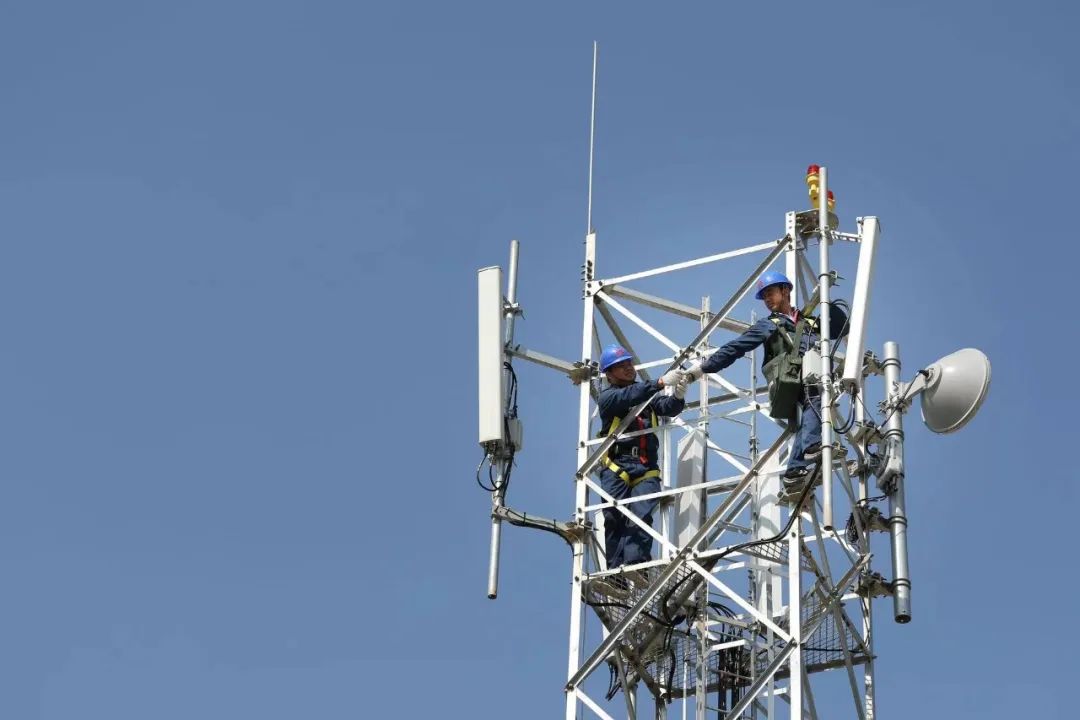
The upgrade from 4G to 5G not only means the increase in information transmission speed, but also made a significant contribution to reducing carbon emissions.
For example, in the face of the same short video, when you click to send it, 5G passes and processs less energy to be consumed than 4G. Data show that the energy consumption efficiency of the 5G network per unit of traffic is 90%compared to the 4G network, and its network energy efficiency is 20 times that of 4G.
The advantages of large bandwidth, low latency, wide connection, high reliability, etc., make 5G a "green technology" that helps save energy and reduce emission reduction. American research institutions have predicted that by 2025, 5G will help the United States achieve a 20%carbon emission reduction target.
Huawei Smart Mine Solutions, through the continuous integration of information technology and coal mine production technology, promote the comprehensive upgrade of traditional production of coal mines
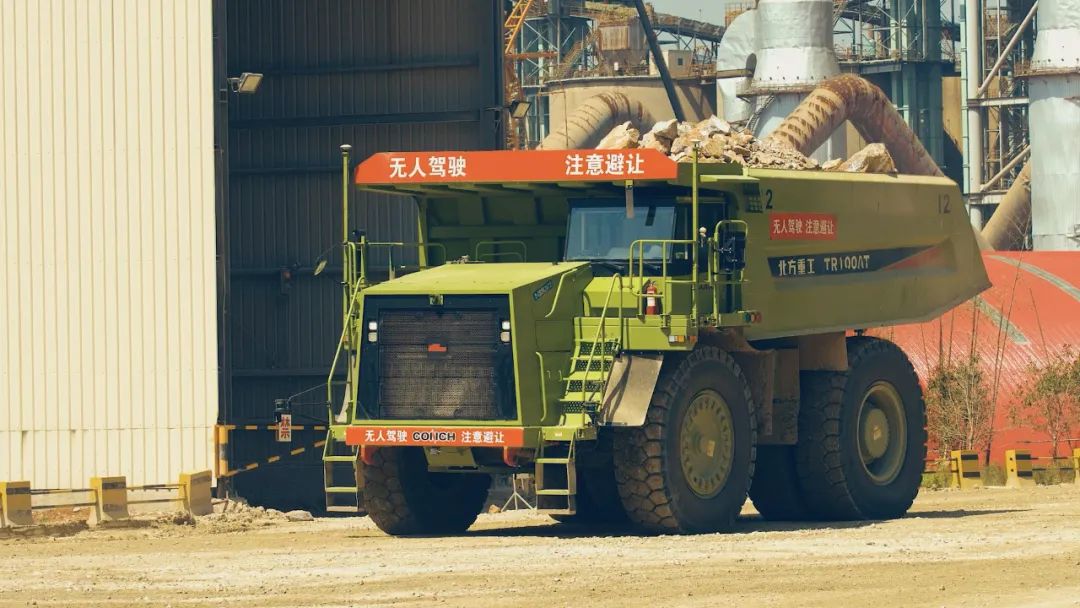
So what is the reality of production and life, what can 5G do to reduce carbon emissions?
The role played by 5G is mainly reflected in two aspects: on the one hand, it improves the efficiency and ability of mobile communication itself, and makes the communications industry itself more energy -saving and environmentally friendly. The industry moves towards low -carbon targets.
5G technology helps agricultural development and promote low -carbon reduction

In particular, 5G's low -carbon transformation of the communications industry itself can be seen from the development of "cloud technology".
Under the blessing of 5G technology, "life on the cloud" such as online meetings, online performances, and online lessons has become the norm, which directly reduces carbon emissions caused by traffic migration. The 5G high -energy efficiency advantage mentioned earlier can also reduce the energy consumption of the network and make the informatization and digital life lower carbon.
In the past two years, the number of various online concerts has gradually increased, and people can see the performances of my favorite singer / picture insect creative without leaving home.

The "Online Meeting Research Report on Carbon reduction displacement" shows that the average online meeting's contribution to carbon reduction is equivalent to the carbon dioxide amount absorbed by 20 trees each year.
It can be seen that the carbon reduction capacity shown by 5G and other technologies is actually the emission reduction potential of the information and communication industry.
The ability that can be exerted for each TB information is to help reduce emissions 115 kg of carbon dioxide. The World Economic Forum (WeF) predicts that in 2030, information and communication technology will help the entire industry to reduce carbon emissions of 12.1 billion tons, 10 times more than the emissions of the information and communication industry itself.
In the future, the information and communication industry will show their skills in carbon reduction in various fields.
Use "carbon fingerprint" to cope with "carbon footprints"
In the field of transportation, the changes brought about by information technology in energy conservation and emission reduction may be the most intuitive and obvious.
For example, with the assistance of 5G, big data, cloud computing and other technologies, many passenger cars have functions such as assisting driving and intelligent navigation. These functions are not only upgraded to the driving experience, but also to avoid turning around and reducing traffic congestion through intelligent prediction and optimal planning of traffic planning, thereby cutting carbon emissions of vehicles.
In the 5G era, it is accelerating at a speed beyond imagination
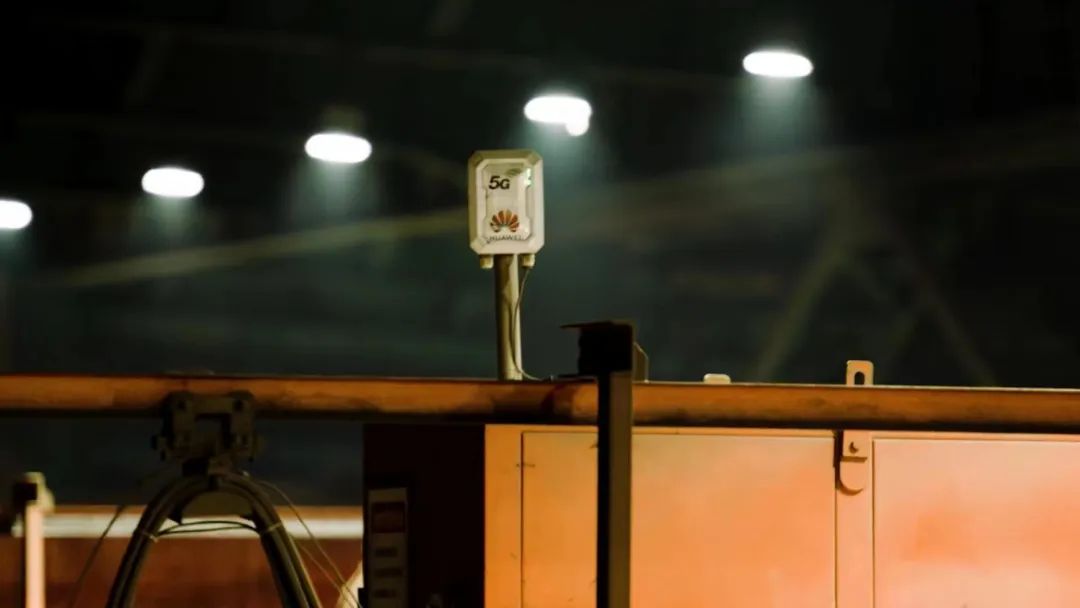
In the field of aviation, in addition to the use of continuous aviation fuel (SAF), research and development of hydrogen energy, electricity, etc., to promote the digital transformation of civil aviation, it is also an important part of energy conservation and emission reduction.
The airport coordinated decision-making (A-CDM) conducts a comprehensive scheduling of flights to improve operating efficiency and is of great benefit to reducing emission reduction. Data show that every one -minute taxi waiting time for National Airlines can reduce 194,000 hours of waiting time, reduce fuel consumption by about 4,400 tons, and equivalent to carbon emissions by 13,700 tons.
The aviation industry can reduce carbon discharge / visual China by using 5G technology

In addition, the intelligent and automatic transformation of manufacturing under information technology is also a curbing source of carbon emissions.
For example, a clothing factory can use 5G strong data transmission and efficient connection capabilities to track the clothing production process in real time and full process. At the same time, the inventory management of the production line, machine and warehouse is connected to make the energy consumption of the entire production chain more scientific more scientific. In the end, the purpose of low carbon.
It can be said that under the wave of digitalization of the whole society, in the process of transition to low -carbonization, all walks of life cannot be separated from the key technologies provided by the information communication (ICT) industry.
Global Electronics Sustainable Development Initiative (GESI) predicts that by 2030, the energy efficiency of digital infrastructure will increase by 100 times. ICT technology may reduce global carbon dioxide emissions by 20%, which is 10 times that of its own carbon emissions. Economic growth is decoupled from the growth of carbon emissions. This ICT industry has the effect of the entertainment effects of various industries.
Corresponding to the "carbon footprint", the "carbon fingerprint" emphasizes the positive impact of a measure or product on the environment throughout the life cycle. With the help of "carbon fingerprints", we can reduce the "carbon footprints" generated by each link and achieve low -carbon and even zero -carbon goals.
In daily life, "carbon footprints" can be seen everywhere, but using the core technology provided by the ICT industry can effectively reduce the "carbon footprint" / picture insect creative ideas of production and life
Based on the "carbon fingerprint" effect, Huawei proposed the concept of "more more bits, LESS WATTS".

Huawei has established three innovative actions of "improving the energy efficiency of digital infrastructure, increasing the proportion of renewable energy, and enabling the industry to develop green."
Among them, "improving the energy efficiency of digital infrastructure" means to promote energy conservation and emission reduction in multiple scenarios such as sites, networks, and operations, and build green sites, green networks, and green operations.
As of the end of 2021, Huawei has supported operators in more than 100 countries and regions around the world to deploy green site solutions. The result of carbon reduction is to help save about 84.2 billion kWh and reduce about 40 million tons of carbon dioxide emissions.
Huawei helps operators, through information and communication technology innovation, so that the high -energy consumption industries such as coal mines, cement, power, transportation, and industrial manufacturing are used to digitize, energy conservation and emission reduction, and green development.
Through technological upgrading of some high -energy -consuming industries, it will greatly reduce carbon emissions / picture insect creative
In Europe, through mobile networks and the Internet of Things technology, helping the heavy truck transportation fleet reduce fuel consumption. A newly developed APP obtains heavy -duty GPS positioning and driving recorder data through mobile networks to help the driver of heavy trucks optimize the route and fuel consumption, and take preventive measures and maintenance for faults, save time and cost, and save up to 15% of the fuel consumption of vehicles.
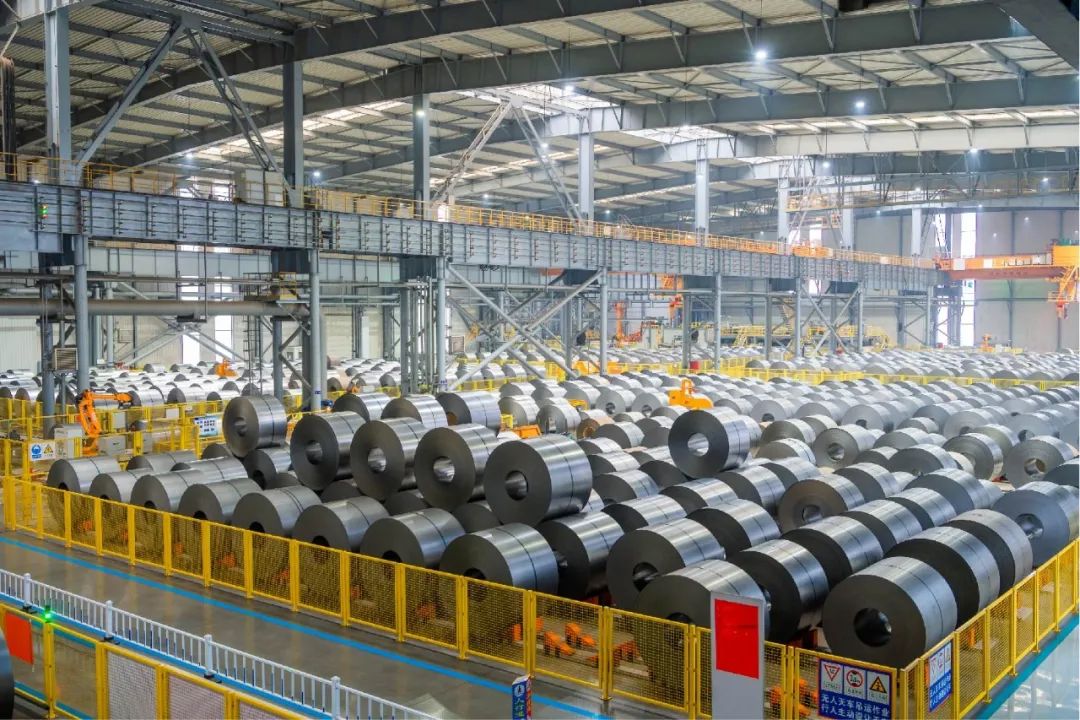
Another example is: ICT technology combines drones and is applied to agricultural production. In Switzerland, drones capture high -resolution data, transmitted to the cloud through 5G networks for farmland data analysis, accurately identify and position weeds and insect pests, spray pesticides and herbicides in a targeted manner, and save pesticides. 90%.
As Huawei Song Xiaodi said, from communication to the entire industry and multiple fields, under the enable effect of "carbon fingerprints", Huawei believes that green and development will no longer be contradictory. "Green" will bring new opportunities for development and continue to continue. Development will light up a more "green" future.
In the era of digital economy, ICT technology will be like a spring breeze, blowing green.
Netease Cultural and Creative Inspur Studio is prohibited from reprinting unauthorized
WeChat editor | jessica

- END -
He officially announced his resignation

According to Sri Lanka Prime Minister's office, on the morning of July 11, local t...
Come and apply!The "Red Phoenix Project" in 2022 has begun!
2022 Red Phoenix Engineering Action ActionStart upAnyone who admits undergraduate and college this yearFemale college students in poor families in Shaanxi can declareWhat is Hongfeng Project?How to